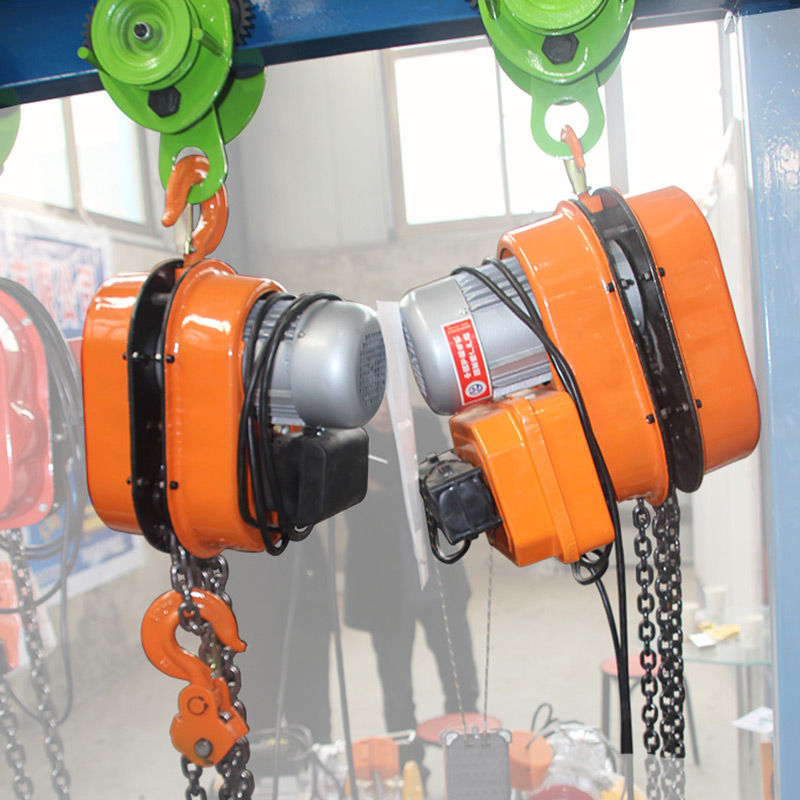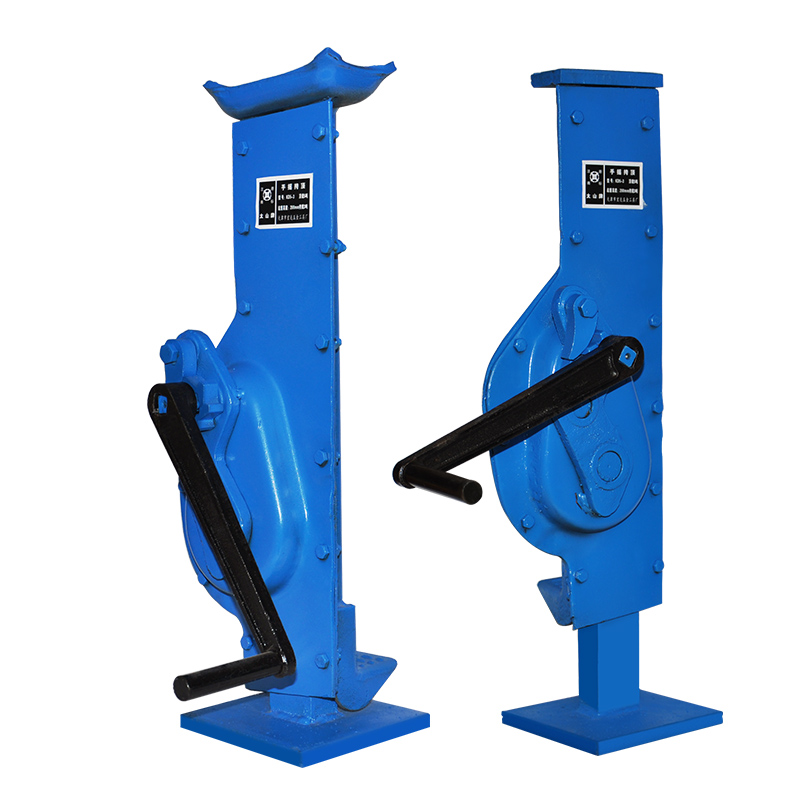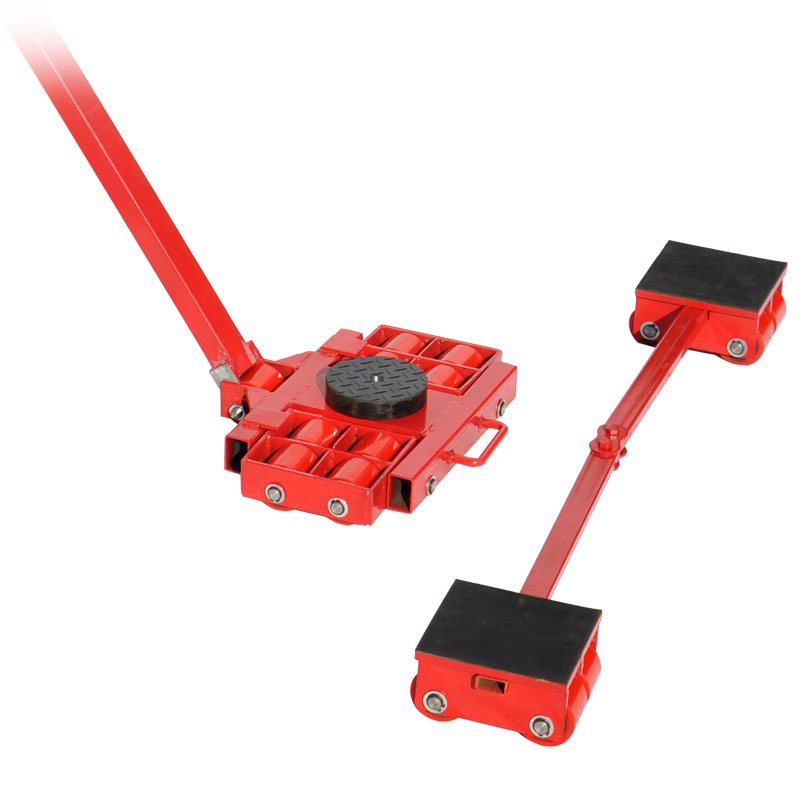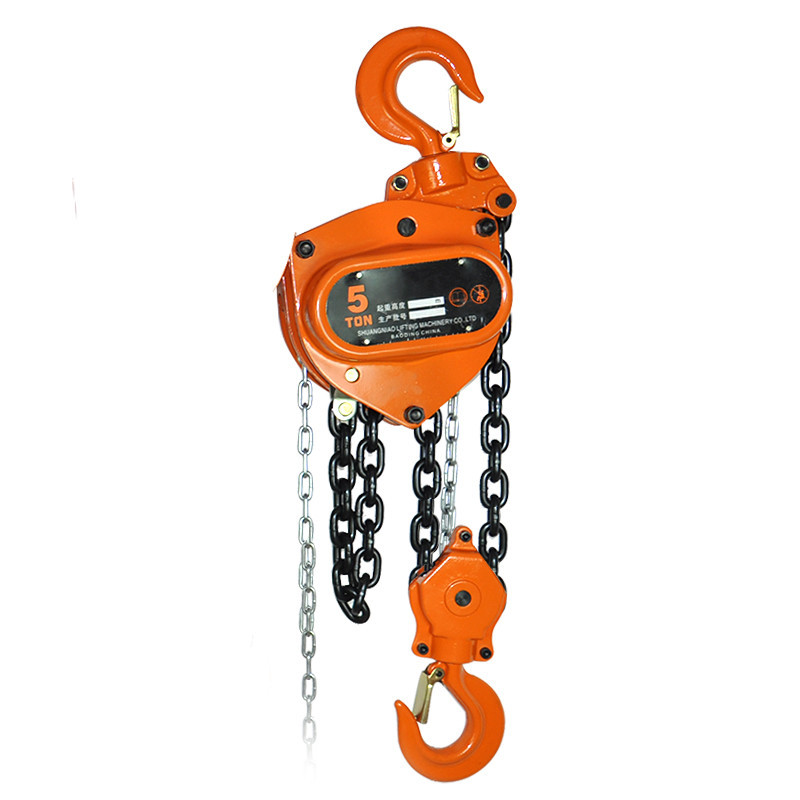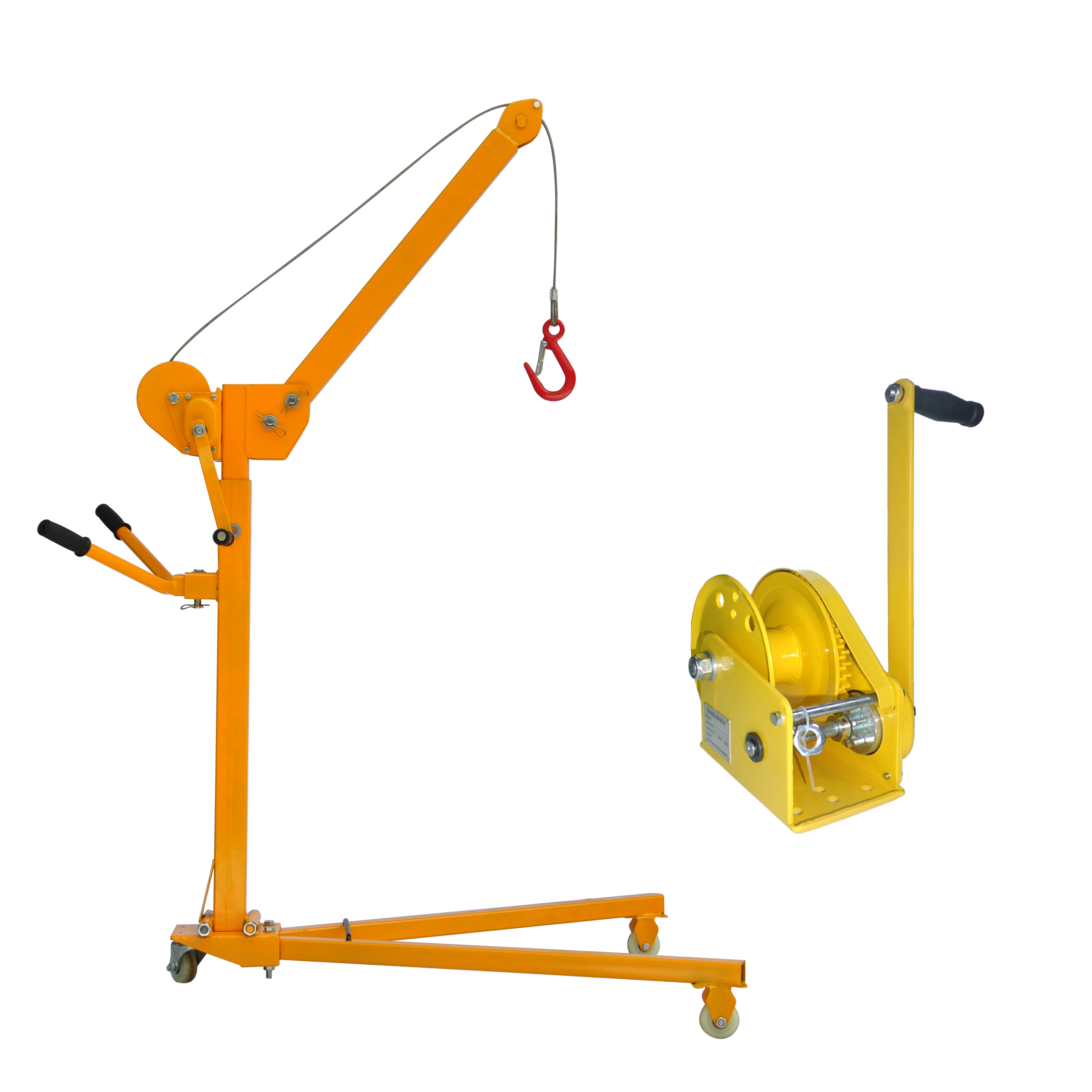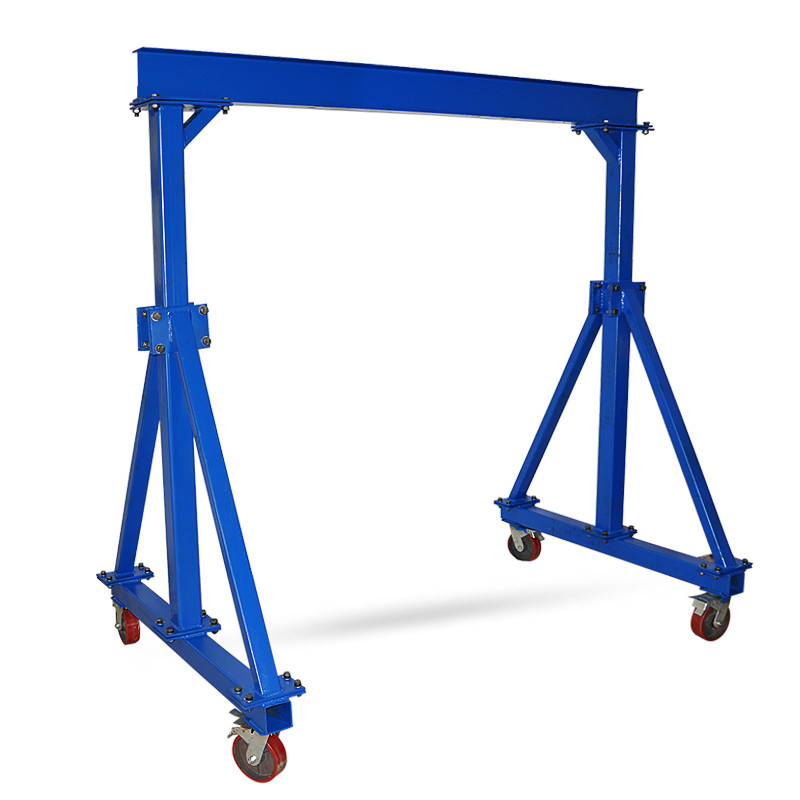Lifting Principles
Preparation
Lifting
Carrying
Setting Down
1. Preparation
Before lifting or carrying, plan out your lift. Think about:
How heavy/awkward is the load? Should I use mechanical means (e.g. a hand truck, spring balancer, mini crane with wheels, cargo trolley, truck crane, crowbar worked with hydraulic jacking, belt , sling with shackles, gantry with electric hoists, remote controller and auxiliary lifting equipment. ) or another person to help me with this lift? Is it possible to break the load into smaller parts?
Where am I going with the load? Is the path clear of obstructions, slippery areas, overhangs, stairs, and other uneven surfaces?
Are there adequate handholds on the load? Do I need gloves or other personal protective equipment? Can I place the load in a container with better handholds? Should another person help me with the load?
2. Lifting
Get as close to the load as possible. Try to keep your elbows and arms close to your body. Keep your back straight during the lift by tightening the stomach muscles, bending at the knees, keeping the load close and centered in front of you, and looking up and ahead. Get a good handhold and do not twist while lifting. Do not jerk; use a smooth motion while lifting. If the load is too heavy to allow this, find someone to help you with the lift.
3.Carrying
Do not twist or turn the body; instead, move your feet to turn. Your hips, shoulders, toes, and knees should stay facing the same direction. Keep the load as close to your body as possible with your elbows close to your sides. If you feel fatigued, set the load down and rest for a few minutes. Don’t let yourself get so fatigued that you cannot perform proper setting down and lifting technique for your rest.
2. Setting Down
Set the load down in the same way you picked it up, but in the reverse order. Bend at the knees, not the hips. Keep your head up, your stomach muscles tight, and do not twist your body. Keep the load as close to the body as possible. Wait until the load is secure to release your handhold.
Advantages
Lifting heavy items is one of the leading causes of injury in the workplace. In 2001, It is reported that over 36 percent of injuries involving missed workdays were the result of shoulder and back injuries. Overexertion and cumulative trauma were the biggest factors in these injuries. Bending, followed by twisting and turning, were the more commonly cited movements that caused back injuries. Strains and sprains from lifting loads improperly or from carrying loads that are either too large or too heavy are common hazards associated with manually moving materials.
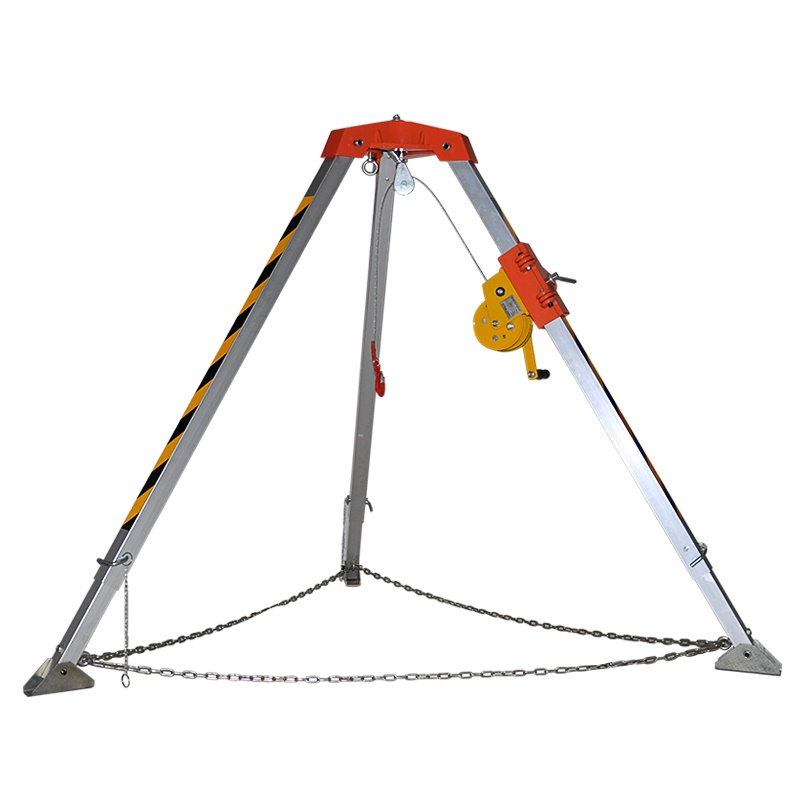
When employees use smart lifting practices, they are less likely to suffer from back sprains, muscle pulls, wrist injuries, elbow injuries, spinal injuries, and other injuries caused by lifting heavy objects. Please use this page to learn more about safe lifting and material handling.
Post time: Jan-20-2022





